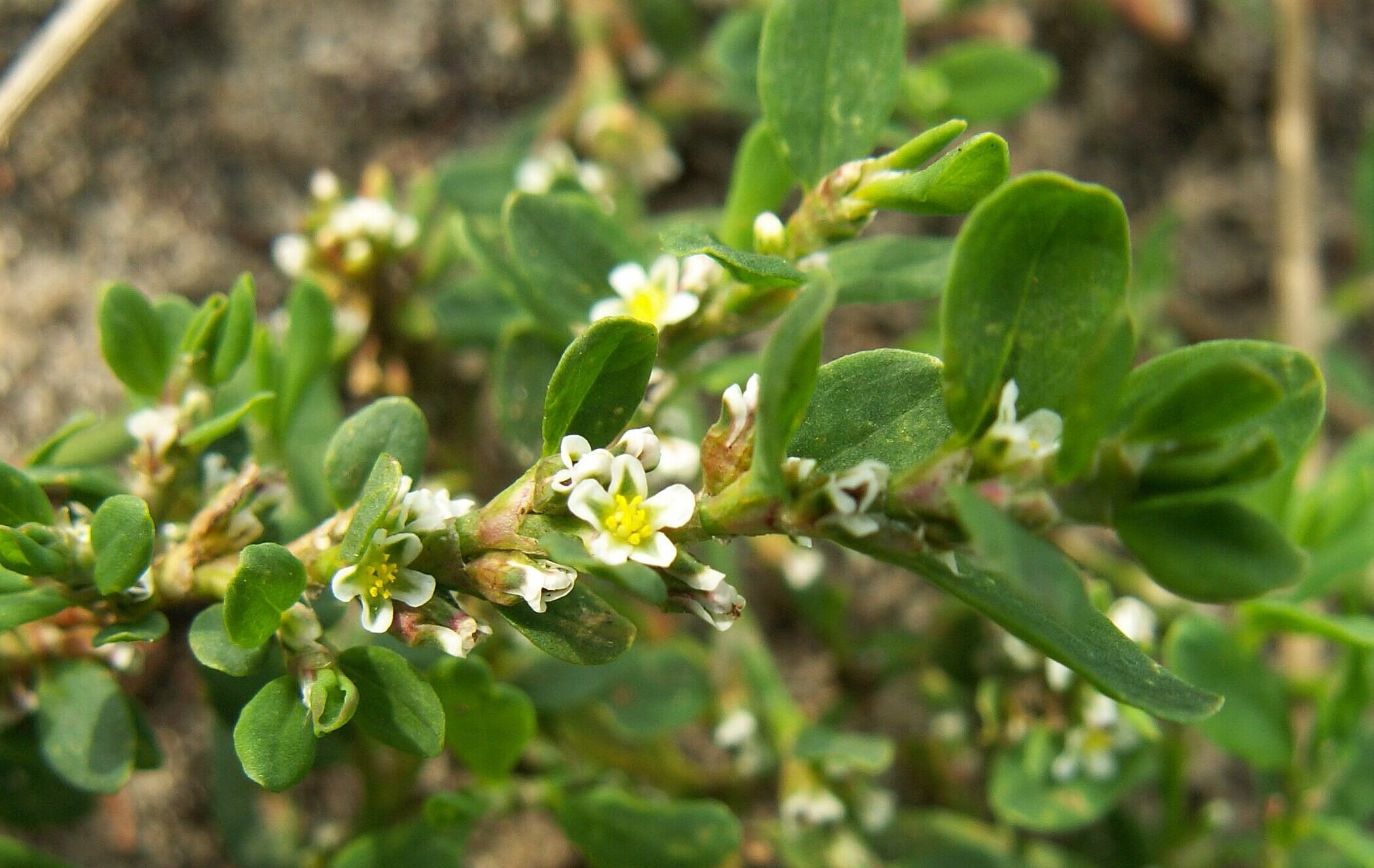
Polygonum, also known as knotweed, is a fascinating plant with a rich history and diverse uses. Found in various parts of the world, this resilient species thrives in different environments, from wetlands to dry areas. Did you know that some types of Polygonum are considered invasive, while others are cherished for their medicinal properties? In this post, we'll explore 27 intriguing facts about this versatile plant. From its role in traditional medicine to its impact on ecosystems, Polygonum has more to offer than meets the eye. Whether you're a botany enthusiast or just curious, these facts will shed light on the many facets of this remarkable plant.
What is Polygonum?
Polygonum, also known as knotweed, is a genus of plants in the buckwheat family. These plants are known for their resilience and ability to thrive in various environments. Let's dive into some fascinating facts about this unique plant genus.
-
Polygonum is a large genus with over 220 species spread across the globe. These species vary widely in appearance and habitat.
-
The name "Polygonum" comes from Greek words "poly" (many) and "gonu" (knee or joint), referring to the many swollen joints on the stems.
-
Knotweed is a common name for many Polygonum species due to the knot-like appearance of their stems.
Habitat and Growth
Polygonum species are incredibly adaptable, thriving in diverse environments from wetlands to dry, rocky areas.
-
Japanese knotweed (Polygonum cuspidatum) is one of the most invasive species, particularly in North America and Europe.
-
Polygonum can grow in poor soil conditions, making it a hardy plant that can colonize disturbed areas quickly.
-
Some species are aquatic, like Polygonum amphibium, which can grow in water or on land.
-
Polygonum aviculare, also known as common knotgrass, is often found in compacted soils along roadsides and footpaths.
Uses and Benefits
Despite its invasive nature, Polygonum has several uses and benefits, particularly in traditional medicine and agriculture.
-
Polygonum cuspidatum is a source of resveratrol, a compound with antioxidant properties, often used in supplements.
-
In traditional Chinese medicine, Polygonum multiflorum, or He Shou Wu, is used for its purported anti-aging properties.
-
Some species are edible, like Polygonum bistorta, whose roots and leaves are used in cooking.
-
Polygonum sachalinense, or giant knotweed, is used in phytoremediation to clean contaminated soils.
Ecological Impact
While Polygonum species have their benefits, they can also have significant ecological impacts.
-
Japanese knotweed can damage infrastructure by growing through concrete and asphalt.
-
Polygonum species can outcompete native plants, reducing biodiversity in the areas they invade.
-
They can alter soil chemistry, making it difficult for other plants to grow.
-
Control and eradication of invasive Polygonum species can be challenging and costly.
Interesting Facts
Here are some more intriguing tidbits about Polygonum that highlight its unique characteristics and history.
-
Polygonum species have been used in dyeing, with some producing yellow or green dyes.
-
The seeds of some species are a food source for birds and small mammals.
-
Polygonum tinctorium, also known as Chinese indigo, is used to produce indigo dye.
-
In folklore, Polygonum species were believed to have protective properties against evil spirits.
-
Some species have medicinal properties, such as Polygonum hydropiper, used to treat digestive issues.
-
Polygonum perfoliatum, or mile-a-minute weed, can grow up to six inches per day.
-
The flowers of Polygonum are often small and inconspicuous but can attract a variety of pollinators.
-
Polygonum odoratum, also known as Vietnamese coriander, is a popular herb in Southeast Asian cuisine.
-
The genus has a wide distribution, found on every continent except Antarctica.
-
Polygonum species can hybridize, leading to new and sometimes more invasive hybrids.
-
Some species are used in landscaping for ground cover and erosion control.
-
Polygonum has been studied for its potential in biofuel production due to its rapid growth and biomass production.
Final Thoughts on Polygonum
Polygonum, also known as knotweed, is more than just a garden nuisance. This resilient plant has a rich history and surprising benefits. From its medicinal properties to its role in traditional cuisine, Polygonum proves its worth in various ways. It's fascinating how this plant can thrive in harsh conditions, making it a symbol of perseverance.
However, its invasive nature can't be ignored. It spreads rapidly, often outcompeting native species and causing ecological imbalances. Managing its growth is crucial to protect local ecosystems.
Understanding Polygonum's dual nature helps us appreciate its complexity. While it offers numerous benefits, responsible management ensures it doesn't become a problem. Next time you spot this plant, remember its unique qualities and the balance needed to keep it in check.
Was this page helpful?
Our commitment to delivering trustworthy and engaging content is at the heart of what we do. Each fact on our site is contributed by real users like you, bringing a wealth of diverse insights and information. To ensure the highest standards of accuracy and reliability, our dedicated editors meticulously review each submission. This process guarantees that the facts we share are not only fascinating but also credible. Trust in our commitment to quality and authenticity as you explore and learn with us.
